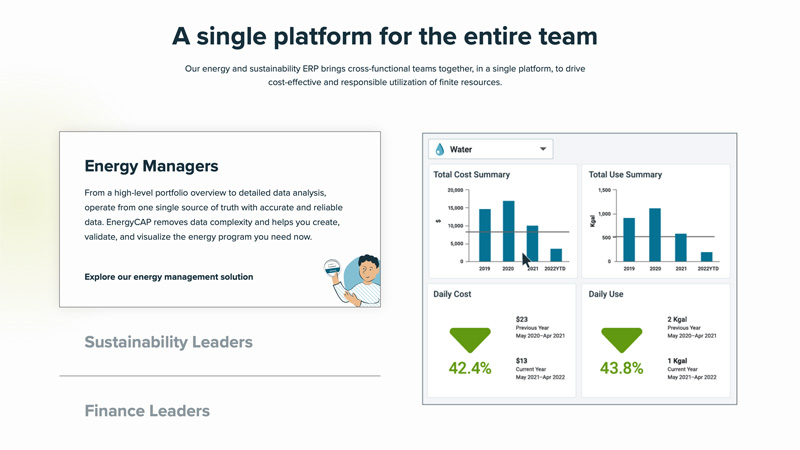Attention CMOs of software companies – this one’s for you! You manage your company brand, its message, the website, social media channels, outbound campaigns, press releases, content creation, SEO…
Nah, let’s be real. You’re now a numbers person, and your role centers around these two questions:
- How many qualified leads can you send to the sales team?
- How can I reduce the cost of that lead?
The answer to both of those questions may lie within your website, and more specifically in how you present and organize content. Does your website make it easy for visitors to find the content that is most important to them (i.e., their role, their industry, their challenges) or does it take a page from those classic Choose Your Own Adventure books? And perhaps more importantly, if you do get them there – what are you presenting and where are you driving them next?
This is where the importance of user paths come in (or to dial it up in today’s marketing parlance – “the user journey”).
What are User Paths?
User paths are the flows that users take on your website, from the moment they arrive until the moment they leave. A streamlined user path is one that is easy to navigate (no site search required!) and has minimal distractions (stay away scroll jackers!) or barriers to conversion. When you create streamlined user paths, you guide your visitors towards the actions that you want them to take, such as signing up for a webinar, scheduling a demo, or purchasing your solution.
The best part is that you can create user paths based on how your customers shop.
By Industry
If your solution serves multiple industries, use that to your advantage. For example, if your software is used by both the healthcare and education industry create separate user paths for each, with tailored content, messaging and CTAs that resonates with their unique needs and pain points. Or go a step further and break down the industry into segments. Selling into the K-5 market is completely different from Higher Ed, so why take them on the same journey.
By Persona
Another approach is to create user paths by persona. If your solution meets the unique requirements across completely siloed groups within an organization, persona paths may be the answer. A recent customer of ours sold the same solution into the Finance Department, the DEI Team, and the Project Managers. Not only was the message different for each group, but so were the features and case studies.

EnergyCAP offers persona user paths to appeal to groups with three different software needs.
By Challenge
Finally, you can create user paths by the problem your solution solves. Let’s say that you have a platform that solves training, compliance, and case management problems. User paths for each that can showcase its value can easily address pain-points experienced by multiple visitors from a single company.
The Benefits of User Paths
Streamlined user paths on your website bring a ton of benefits. Tailoring content and messaging to specific groups, allows you to make faster connections with visitors as you speak directly to their needs and pain points. When combined properly with thoughtful design (that’s another blog post) and just the right amount of content (yet another one), you improve your chance of generating interest and compelling action.
What’s that mean for you, the CMO? More quality leads at a lower cost of acquisition.
So, take some time to understand your customers – and then a good hard look at your website. Chances are, if you don’t know where to go, neither do they.

